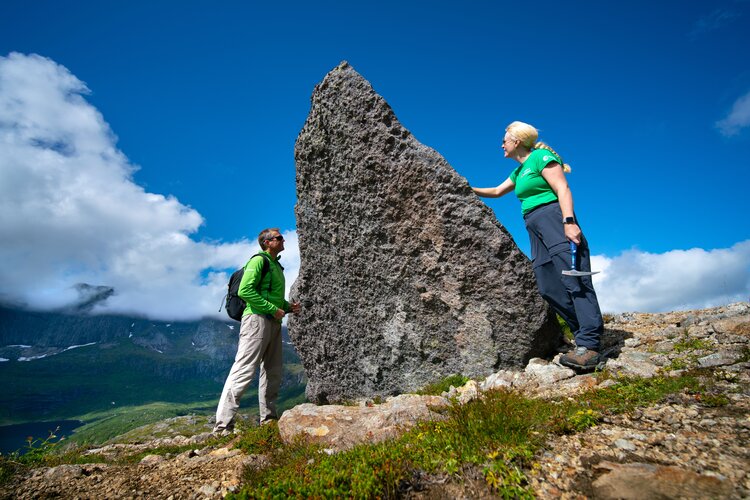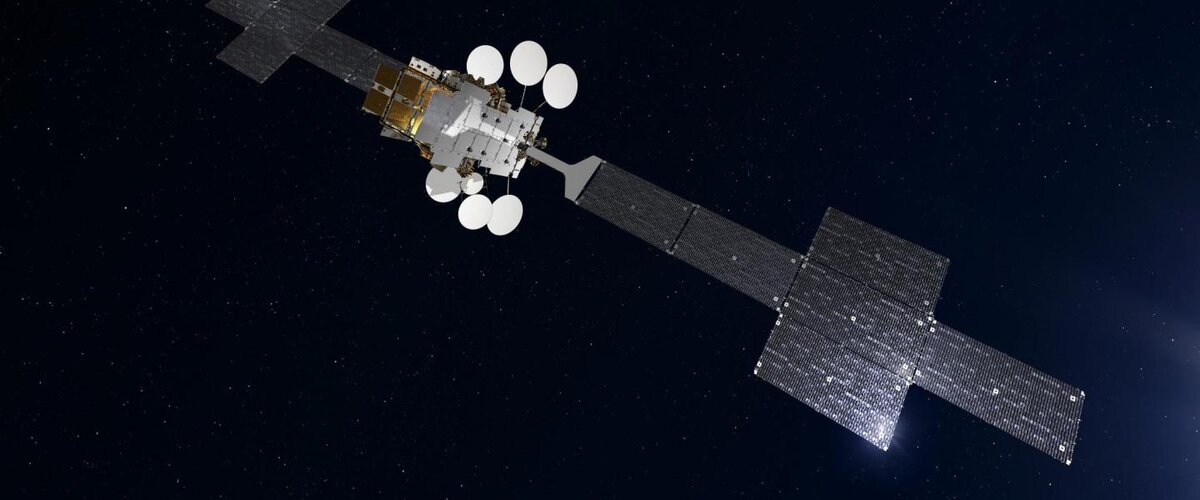
Copernical Team
Hunting for dark galaxies with FAST
 A large-scale neutral hydrogen (HI) survey of the local universe is one of the major science initiatives under the Five-hundred Meter Aperture Spherical radio Telescope (FAST) project.
Equipped with a 19-beam array receiver and combined with super-high sensitivity owing to its large collection area, FAST is the most powerful survey tool for exploring the HI universe.
The late Prof. N
A large-scale neutral hydrogen (HI) survey of the local universe is one of the major science initiatives under the Five-hundred Meter Aperture Spherical radio Telescope (FAST) project.
Equipped with a 19-beam array receiver and combined with super-high sensitivity owing to its large collection area, FAST is the most powerful survey tool for exploring the HI universe.
The late Prof. N String theory: NASA Mars rover discovers mystery object
 Is it tumbleweed? A piece of fishing line? Spaghetti?
A tangled object discovered by NASA's Mars Perseverance rover has intrigued space watchers, leaving some musing tongue-in-cheek about the quality of Italian dining on the Red Planet.
But the most plausible explanation is more prosaic: it's likely remnants of a component used to lower the robotic explorer to the Martian surface in Feb
Is it tumbleweed? A piece of fishing line? Spaghetti?
A tangled object discovered by NASA's Mars Perseverance rover has intrigued space watchers, leaving some musing tongue-in-cheek about the quality of Italian dining on the Red Planet.
But the most plausible explanation is more prosaic: it's likely remnants of a component used to lower the robotic explorer to the Martian surface in Feb SpaceX breaks its annual record with 32nd successful launch in 2022
 SpaceX on Friday broke its annual record with the completion of its 32nd successful launch in 2022, having completed 31 successful launches in 2021.
The company launched 46 Starlink satellites to orbit from a Falcon 9 rocket around 10:39 a.m. from the Space Launch Complex 4 East at Vandenberg Space Force Base in California, SpaceX said in a statement.
Falcon 9's first stage lande
SpaceX on Friday broke its annual record with the completion of its 32nd successful launch in 2022, having completed 31 successful launches in 2021.
The company launched 46 Starlink satellites to orbit from a Falcon 9 rocket around 10:39 a.m. from the Space Launch Complex 4 East at Vandenberg Space Force Base in California, SpaceX said in a statement.
Falcon 9's first stage lande Vega-C launch in slow motion
 Video:
00:04:50
Video:
00:04:50
ESA’s new Vega-C rocket lifted off for its inaugural flight VV21 on 13 July 2022 at 15:13 CEST/13:13 UTC/10:13 local time from Europe’s Spaceport in French Guiana. This video features shots of the launch from different angles.
With new first and second stages and an uprated fourth stage, Vega-C increases performance to about 2.3 t in a reference 700 km polar orbit, from the 1.5 t capability of its predecessor, Vega.
For flight VV21, Vega-C’s payload is LARES-2, a scientific mission of the Italian space agency ASI and six research CubeSats from France, Italy and Slovenia.
Week in images: 18-22 July 2022

Week in images: 18-22 July 2022
Discover our week through the lens
Innovative data satellite enters commercial service

A large data-driven telecommunications satellite that uses innovative technology to keep cool as well as other innovations – developed under an ESA Partnership Project – has started its commercial service.
Climate patterns thousands of miles away affect US bird migration
 Every spring, migratory birds arrive in the continental United States from south and central America to breed. But precisely when they arrive each spring varies from year to year. In a NASA-led study published in the Bulletin of the American Meteorological Society, scientists have linked this variability to large-scale climate patterns originating thousands of miles away.
Migratory birds b
Every spring, migratory birds arrive in the continental United States from south and central America to breed. But precisely when they arrive each spring varies from year to year. In a NASA-led study published in the Bulletin of the American Meteorological Society, scientists have linked this variability to large-scale climate patterns originating thousands of miles away.
Migratory birds b Satellite Vu and SSTL commission satellite clone to double climate data collection
 Satellite Vu, the UK satellite firm set to become the world's global thermometer from space, has commissioned a new clone of its original satellite in collaboration with Surrey Satellite Technology Ltd. (SSTL) to double its data collection capacity.
The deal sees SSTL begin construction on the second of Satellite Vu's Mid Wave Infra-Red (MWIR) thermal imaging satellite's which will collect
Satellite Vu, the UK satellite firm set to become the world's global thermometer from space, has commissioned a new clone of its original satellite in collaboration with Surrey Satellite Technology Ltd. (SSTL) to double its data collection capacity.
The deal sees SSTL begin construction on the second of Satellite Vu's Mid Wave Infra-Red (MWIR) thermal imaging satellite's which will collect Heatwaves and fires scorch Europe, Africa, and Asia
 In June and July 2022, heatwaves struck Europe, North Africa, the Middle East, and Asia, as temperatures climbed above 40 degrees Celsius (104 degrees Fahrenheit) in places and broke many long-standing records.
The map above shows the surface air temperatures across most of the Eastern Hemisphere on July 13, 2022. It was produced by combining observations with a version of the Goddard Eart
In June and July 2022, heatwaves struck Europe, North Africa, the Middle East, and Asia, as temperatures climbed above 40 degrees Celsius (104 degrees Fahrenheit) in places and broke many long-standing records.
The map above shows the surface air temperatures across most of the Eastern Hemisphere on July 13, 2022. It was produced by combining observations with a version of the Goddard Eart How does reduced gravity affect astronauts' muscles and nerve responses
 Among the many functions performed by skeletal muscles, an important one is maintaining our posture. If it weren't for these muscles, Earth's gravitational pull may make it difficult for us to stand and walk around. The group of muscles-mostly present in our limbs, back, and neck-which are responsible for maintaining our posture and allowing us to move against the force of gravity are rightly ca
Among the many functions performed by skeletal muscles, an important one is maintaining our posture. If it weren't for these muscles, Earth's gravitational pull may make it difficult for us to stand and walk around. The group of muscles-mostly present in our limbs, back, and neck-which are responsible for maintaining our posture and allowing us to move against the force of gravity are rightly ca 